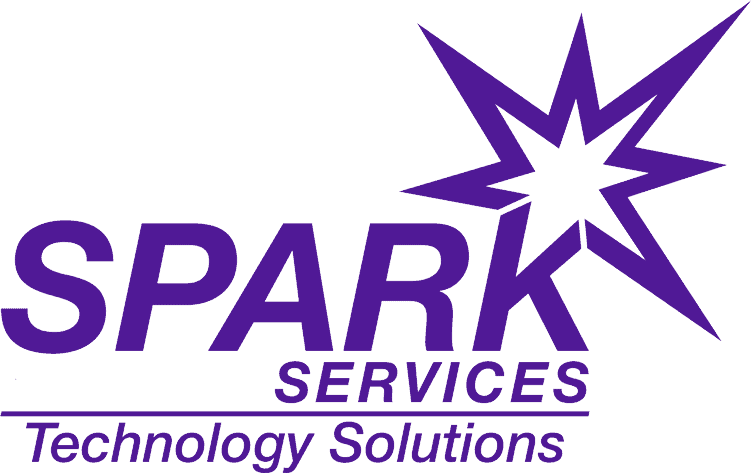In today’s digital-first world, your IT infrastructure is the backbone of your business. Whether you’re managing a small office network or an enterprise-level system, staying ahead of technology trends is vital.
That’s where structured cabling solutions come in, designed to deliver high performance, reduce downtime, and scale with your business. In this blog, we’ll break down what structured cabling is, why it matters, and how it helps build a future-proof IT infrastructure.
What Are Structured Cabling Solutions?
Structured cabling solutions refer to a standardized system of cables, connectors, and hardware that supports your business’s communication infrastructure. Unlike messy, point-to-point wiring setups, structured cabling uses a clean, organized, and modular approach that makes adding or removing devices easier without disrupting the entire network.
This system includes various subsystems:
- Entrance Facilities
- Equipment Rooms
- Backbone Cabling
- Horizontal Cabling
- Work Area Components
These parts work together to support data, voice, video, and even power transmission across your facility.
Benefits of Structured Cabling for Businesses
Structured cabling solutions offer several advantages that make them essential for any growing company. Let’s explore the most important ones:
1. Scalability
One of the key benefits of structured cabling solutions is that they are highly scalable. Whether you’re expanding your office, adding new employees, or integrating the latest technologies, structured systems allow for easy upgrades and expansion.
2. Reduced Downtime
Unorganized cabling can lead to frequent network failures, which are not only frustrating but costly. Structured cabling helps reduce downtime by making it easier to troubleshoot and fix issues quickly, keeping your business running smoothly.
3. Future-Proof Infrastructure
As technology evolves, your network needs to keep up. Structured cabling solutions are designed with the future in mind, supporting high-bandwidth applications like video conferencing, cloud computing, and data analytics without overhauling the entire system.
4. Cost Efficiency
While the initial investment in structured cabling may be higher than traditional methods, the long-term savings are significant. Reduced maintenance costs, fewer outages, and faster troubleshooting all contribute to a better ROI.
5. Improved Aesthetics and Organization
A tidy, well-organized cabling system not only looks professional but also reduces the risk of accidents, such as tripping hazards or overheating equipment. Structured cabling solutions help maintain a clutter-free and safe work environment.
Components of Structured Cabling Solutions
To build a future-proof IT infrastructure, it’s important to understand the components involved in structured cabling:
- Patch Panels: Centralized units that connect and manage cables
- Cables: Typically Cat5e, Cat6, or fiber optic for high-speed transmission
- Racks and Cabinets: Secure housing for network equipment
- Jacks and Outlets: Termination points for end devices
Choosing high-quality components and ensuring professional installation is crucial for long-term performance.
Industries That Benefit the Most
While all businesses can benefit, structured cabling solutions are particularly valuable in industries that depend heavily on data and uptime:
- Healthcare: For patient data management, telemedicine, and real-time monitoring
- Education: Supporting e-learning tools and large campus networks
- Finance: Enabling secure, fast transactions and communications
- Manufacturing: Connecting IoT devices and automation systems
- Retail: Facilitating POS systems, inventory management, and analytics
Structured Cabling and Smart Technologies
Modern buildings and smart offices require networks that can support a multitude of connected devices—from HVAC systems and security cameras to IoT sensors and AI-based applications. Structured cabling solutions provide the robust foundation needed for these technologies to work efficiently and reliably.
Why Choose Structured Cabling Over Traditional Systems?
In contrast to traditional point-to-point wiring, structured cabling is:
- Easier to manage and maintain
- More resilient to disruptions
- Better at handling high-speed data
- Less expensive to upgrade in the long run
This makes structured cabling the smarter investment for businesses looking to grow sustainably and efficiently.
Conclusion: The Smart Investment for a Connected Future
Investing in structured cabling solutions is not just a technical upgrade, it’s a strategic decision. As your organization grows, your IT infrastructure must evolve alongside it. Structured cabling offers the reliability, flexibility, and performance needed to support your current needs and future ambitions.
Whether you’re building a new facility or upgrading an existing network, structured cabling solutions are the key to creating a future-proof IT infrastructure that empowers your business to thrive in a digitally connected world.
At SPARK Services, we specialize in delivering customized structured cabling solutions that are designed to scale with your business. With expert installation, quality materials, and ongoing support, we ensure your IT infrastructure is future-ready and optimized for performance. Trust SPARK Services to lay the foundation for your digital success.




